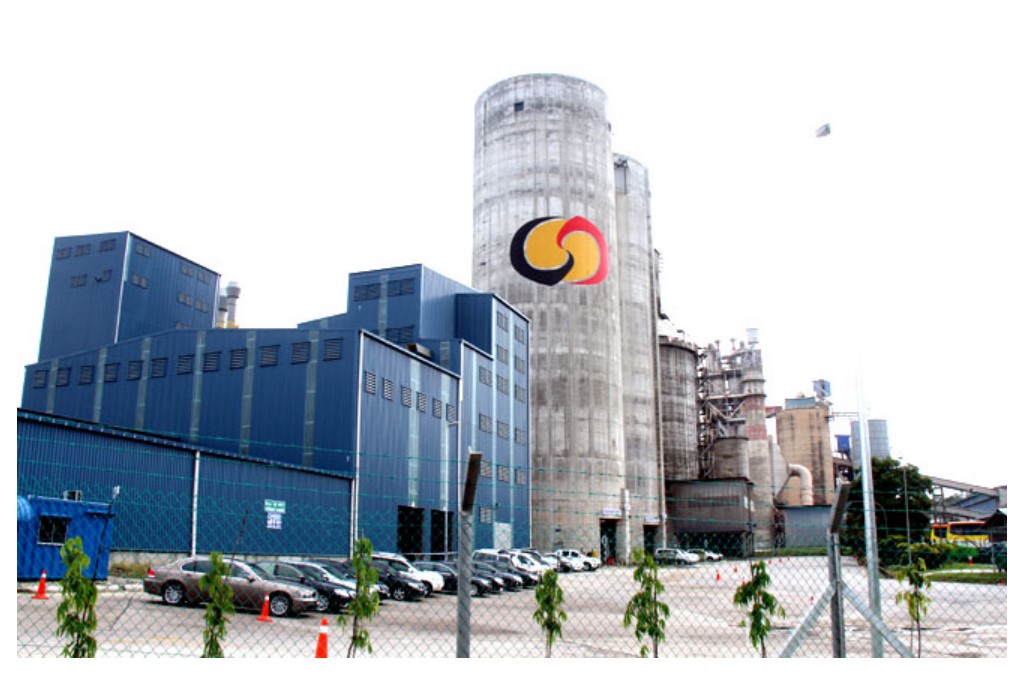RHB Research is upbeat about Cahya Mata Sarawak Bhd’s participation in the Malaysia Phosphate Additives (Sarawak) Sdn Bhd (MPAS) integrated phosphate facility at the Samalaju Industrial Park in Sarawak following a site visit.
This is despite the legal lawsuit filed by Cahya Mata against its former executive director Datuk Syed Ahmad Alwee Alsree and five others, for alleged breaches of fiduciary duties pertaining to the construction of an integrated phosphate additives plant in Samalaju.
Yesterday (July 21), Cahya Mata, alongside its wholly owned subsidiary Samalaju Industries Sdn Bhd, said they have initiated a lawsuit against the six defendants, which includes Cahya Mata’s former chief financial officer Syed Hizam Alsagoff; former CEO Goh Chii Bing; former non-executive director Datuk Isaac Lugun; and former group general counsel Ling Koah Wi as well as Samalaju Industries’ former senior general manager Goh Chii Yew.
“In this regard and based on the fiduciary duties owed to Cahya Mata and Samalaju Industries, the defendants were regarded as the trustees and are expected to protect the interest of both companies and not to place themselves in the position of conflict,” Cahya Mata pointed out in a Bursa Malaysia filing.
“Cahya Mata and Samalaju Industries contend that the defendants have either jointly or severally committed various breaches of the fiduciary duties owed to both companies.”
MPAS is a joint venture under a strategic alliance between Samalaju Industries, Malaysian Phosphate Ventures Sdn Bhd and Arif Enigma Sdn Bhd.
“Cahya Mata’s valuation remains undemanding – it is trading around -2SD (standard deviation) from the five-year mean price-to-earnings ratio (P/E),” opined RHB Research in a company update.
According to the research house, Phase 1 of the Samalaju integrated phosphate complex is expected to commence operations in 4Q 2022 with a total capital expenditure of circa RM1 bil.
Under the first phase, the complex will have a manufacturing capacity of 48,000 tonnes per annum (TPA) for yellow phosphorus, 75,000 TPA for technical phosphoric acid and 60,000 TPA for food-grade phosphoric acid.
Prices of yellow phosphorus have spiked amid China’s imposition of restrictions on energy-intensive industries. For instance, the price of YP averaged at US$3,231/tonne in 2021 but reached as high as US$7,521/tonne in February 2022 backed by demand for canned food and phosphate fertilisers in addition to China’s restriction.
“MPAS posted a lower pre-tax loss of RM18.1 mil in FY2021 (FY2020: pre-tax loss of RM54 mil) but this should improve once production commences in 4Q 2022,” projected RHB Research.
“The management guided that the complex will continue to record some losses in FY2022 before breaking even in FY2023 and subsequently seeing signs of profitability later in FY2024.”
All-in-all, the research house maintained Cahya Mata’s FY2022F earnings but slashed its FY2023-FY2024F net profit by 25%-27% after taking into account the absence of OM Materials (Sarawak) Sdn Bhd.
This is given that on June 14, Cahya Mata has entered into a share-sale agreement with OM Materials (S) Pte Ltd for the disposal of its 25% stake in both OM Materials (Sarawak) and OM Materials (Samalaju) Sdn Bhd for RM526.6 mil (target completion: 4Q 2022).
“We are also rolling over the valuation base from FY2022 to FY2023 and imputing the price for the said disposal (RM526.6 mil) into our SOP (sum-of-parts) valuation,” noted RHB Research.
“As a result, we derive a new target price of RM1.40 (previously RM1.60) after ascribing an ESG (environment, social and governance) discount of 12% to its intrinsic value based on our in-house methodology.”
At 9.37am, Cahya Mata was down 0.5 sen or 0.55% to 90.5 sen with 78,200 shares traded, thus valuing the company at RM972 mil. – July 22, 2022









